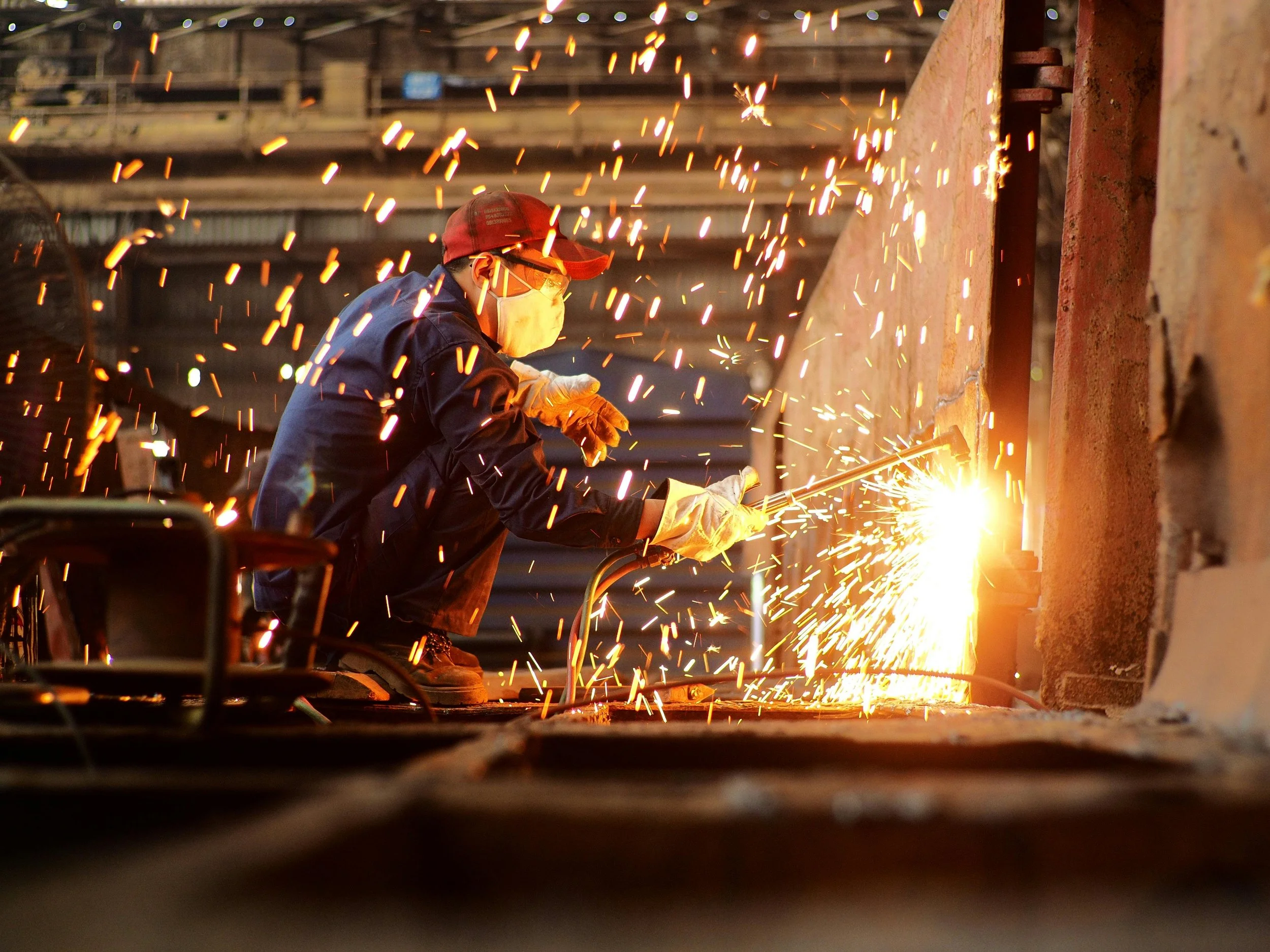Builder’s Risk Insurance for Fix and Flip Investors: Why It’s Non-Negotiable
In the world of real estate investing, the biggest risks often come after the purchase but before the sale. For fix and flip investors, it’s easy to focus on acquisition costs, renovation timelines, and resale value, but one overlooked factor can derail the entire project: insurance during construction.
This is where Builder’s Risk Insurance becomes essential.
What Is Builder’s Risk Insurance?
Builder’s Risk Insurance, also referred to as course of construction insurance, is a temporary property policy that covers a building while it’s being renovated, remodeled, or built from the ground up.
It provides protection for the property itself, including materials and fixtures, during the most vulnerable phase of the project: when the structure is unoccupied, under active construction, and exposed to increased physical risks.
Unlike standard property or homeowners insurance, which often excludes coverage during construction or vacancy periods, Builder’s Risk is designed specifically for these scenarios.
What Does It Cover?
A comprehensive Builder’s Risk policy can include protection against:
Fire damage, which is one of the most common risks on active construction sites, especially during electrical, HVAC, or roofing work.
Theft of materials or tools, which is a major concern for investors. According to the National Equipment Register, job site theft causes over $1 billion in losses annually across the U.S.
Vandalism, which can be costly in vacant or unsecured properties — particularly in urban or transitional neighborhoods.
Wind, storm, or hail damage, especially in regions prone to extreme weather events during the renovation period.
Damage to building materials in transit or temporarily stored off-site, depending on the structure of the policy.
Some insurers may also offer extensions that cover:
Soft costs, such as permit fees, architectural services, or loan interest that accrues due to construction delays caused by a covered event.
Debris removal and cleanup, in the event of a major loss.
Why Fix and Flip Investors Can’t Afford to Skip It
Fix and flip projects are fast-moving and often funded with short-term capital. Delays and damages don’t just increase costs, they can wipe out the investor’s profit margin entirely.
Here’s why Builder’s Risk Insurance is so critical for these types of projects:
Standard dwelling or landlord policies won’t cover most flip scenarios. Once renovations begin or the property sits vacant, coverage is typically excluded.
Lenders may require it, and even if they don’t, you should. Hard money lenders and private capital providers often ask for proof of Builder’s Risk coverage to protect their collateral.
Construction risks are real and frequent. Fire, water damage, and theft are not rare occurrences, especially when trades are coming and going from the job site and materials are being delivered.
Time is money. Without the right policy, a single incident could cause delays that result in loan default, missed resale windows, or increased holding costs.
A Real-World Example: What Can Go Wrong Without It
In 2023, a real estate investor in Florida suffered over $70,000 in storm damage after high winds destroyed newly installed roofing materials before final inspections were complete. The investor had a standard landlord policy in place, not a Builder’s Risk policy, and the claim was denied. The project was delayed by three months, and the investor had to take out a second loan to complete repairs.
This kind of scenario is all too common. The loss didn’t come from a lack of planning, it came from a lack of proper protection.
Who Should Get Builder’s Risk Insurance?
Builder’s Risk Insurance is ideal for:
Real estate investors renovating or flipping properties
Contractors overseeing construction on behalf of a client
Developers building residential or small commercial structures
Property owners conducting major structural renovations or rebuilds
If any of the following apply, Builder’s Risk is not just advisable — it’s necessary:
The property will be vacant for 30+ days
Structural changes are taking place
Materials or tools will be stored on-site
You are using a short-term loan for renovations
Your resale timeline depends on smooth construction flow
What to Look for in a Builder’s Risk Policy
Not all Builder’s Risk policies are created equal. A high-quality policy should:
Cover the full estimated completed value of the property, not just the purchase price or current condition.
Include materials and equipment coverage for items stored on-site or in transit.
Account for regional risks such as windstorm, flood, or wildfire, depending on your location.
Offer optional soft cost and delay coverage if you're concerned about loan interest or lost income during unexpected delays.
Working with an experienced insurance provider who understands real estate investing ensures your policy is properly structured, without paying for unnecessary extras.
Starisks Insurance: Trusted by Real Estate Investors Nationwide
Starisks Insurance specializes in commercial risk coverage designed for the real estate industry. From single-family flips to multi-property portfolios, the team understands the needs of modern investors, including how to balance cost, coverage, and timing.
With Builder’s Risk Insurance from Starisks, investors can expect:
Fast policy turnaround to meet tight closing timelines
Customizable coverage for short-term and long-term projects
Nationwide service and underwriting expertise
Transparent guidance every step of the way
Final Thoughts
Builder’s Risk Insurance isn’t just for large commercial builders, it’s a critical safety net for individual investors working on fix and flip projects, rental renovations, or structural rehabs.
Without it, a single fire, theft, or storm can turn a promising deal into a costly setback. With it, you gain peace of mind — and the ability to focus on what really matters: finishing the project and maximizing your return.
Ready to Protect Your Project?
Connect with Joel and get a Builder’s Risk policy that’s tailored for your timeline, location, and budget. Your investment is in motion, your protection should be too.

